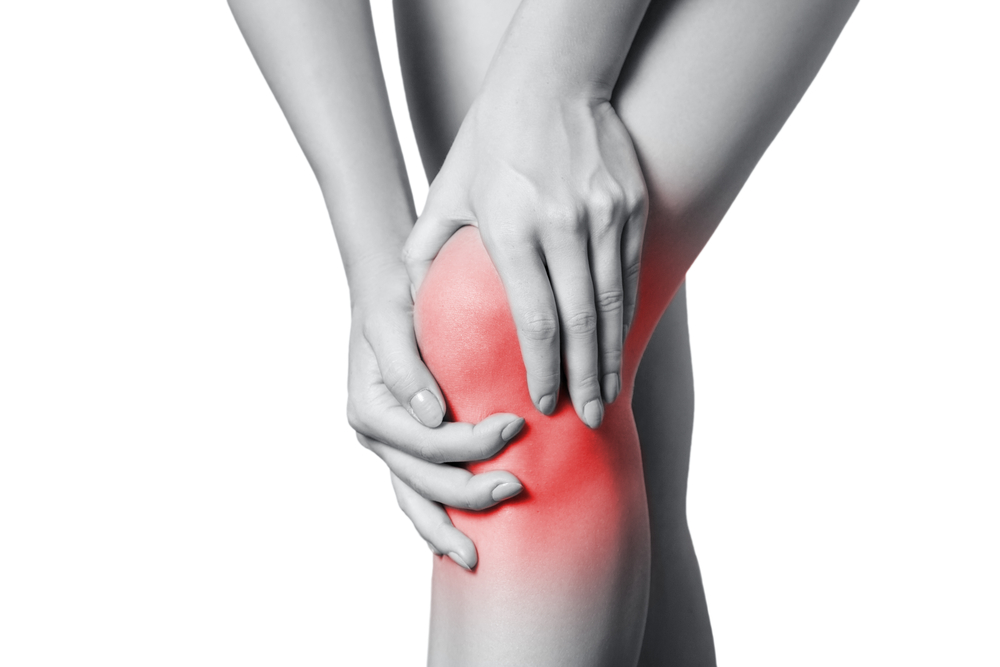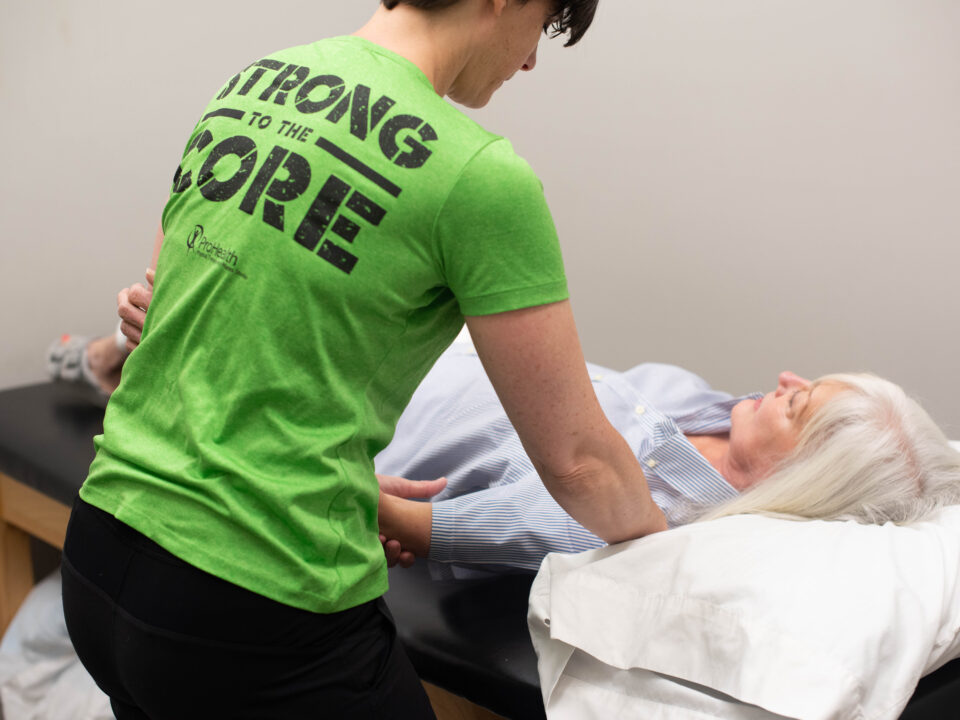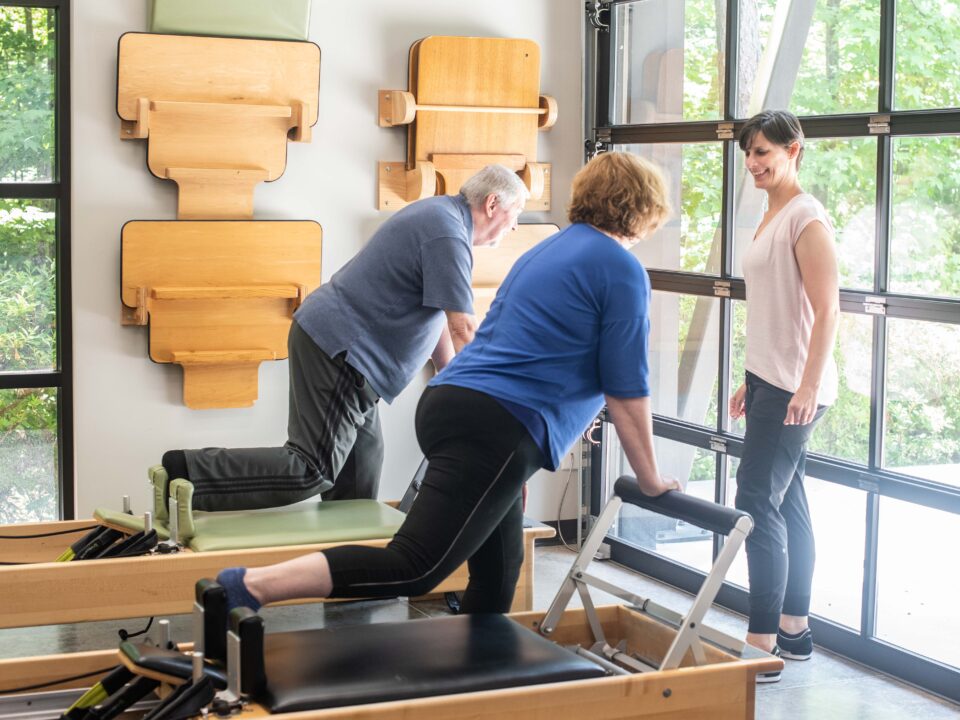- Mon - Fri
7.30 AM – 5.30 PM
Other hours upon request - 770-487-1931
Is Physical Therapy Supposed To Hurt?

Pain comes in many different forms.
When getting treatment such as physical therapy for a specific problem, patients need to understand what kind of pain they are experiencing and why. At times the pain of certain activities can be a signal of overall improvement. In other instances the body is saying that such activities need to stop.
“People generally come to physical therapy because they’re in pain,” according to Dr. Karyn Staples, PT, PhD, NCPT of ProHealth Physical Therapy and Pilates Studio in Peachtree City. “There’s already some level of baseline pain. Generally when we’re working with somebody, we don’t want to increase their baseline with any of the activities that are being done.”
Many people have the idea that physical therapy always hurts. What makes them say that? Is pain simply part of the process, and should every patient accept it?
Some pain can come from muscles working hard and might be considered “good” pain, but people’s brains perceive pain differently. What you should not be feeling in physical therapy is anything that resembles a sharp burning or an electrical type of pain. That is an indication that the tissue, whether from the nervous system or other joints, does not love what is going on. Those are definitely symptoms we do not want someone to feel.
There is an expectation that when recovering from an injury or a surgical procedure, some tissue will have to go through harder work to get to recovery. But the motto should never be “no pain, no gain.”
For example, when someone has gone through a total knee replacement that produces an incision in the leg, when they bend the knee there will be some stretching or pulling on the incision. But it should not be to the point that it is searing or feels like something is tearing apart. It is a deep stretch but not like something is being ripped apart.
“The idea for physical therapy is that at times we push people toward the end range of motion and toward things to try to help improve joint mobility, improve tissue mobility, improve that sense of overall function, but there should not be any lasting painful effects,” said Staples. “Someone leaving a session might feel a bit of discomfort for about 20 minutes afterward but then it should go back to the baseline. Someone should not feel worse and have that feeling linger because of physical therapy.”
A physical therapist is sometimes in jest called a “physical terrorist.” The idea comes from the fact that people are being pushed beyond their limits or being pushed into doing things that maybe they aren’t ready for. That is why communication is important between the therapist and the patient so that the pain can be identified and described. The patient should be able to ask, “Is it all right for me to feel this?” Then the two of them can decide together whether or how to change the exercise. It’s all about knowing and asking questions about the body.
When a patient does feel that sharp or shooting pain, there are many things it could indicate. It could be that the nervous system is being pulled or moved in a direction it’s not happy about, or that there’s too much pressure within the tissue.
“There can be a lot of tissues that could be pushed or pulled or pressed into certain directions that they’re not meant to do,” said Staples. “It is important that people do the exercises correctly and for the practitioner to make sure the person is moving properly.”
Part of a physical therapist’s job is to work on inflammation and educate the patient to know how to manage swelling and irritation that can develop from various activities. Each person is different; each body is different and handles an injury differently.
A decrease in inflammation is a sign that physical therapy is working correctly and things are going in the right direction. Benchmarks can be identified along the way – “it doesn’t hurt as much as last time” – until the recovery is complete.
For this process to be successful, communication is necessary between the physical therapist and the patient. Feedback from the patient is essential to measure the progress between sessions. Another vital aspect of measuring progress is making sure the patient is doing his or her exercises at home.
“If someone comes in whose pain on a 0-10 scale is a 5, the goal will be to get that baseline lower – maybe a 3,” said Staples. “That way it is not as severe when it gets intense and spikes a bit. Undoing that cycle of pain is much easier to do when someone has had a recent injury than when something has been going on for years.”
ProHealth Physical Therapy and Pilates Studio is located at 1777 Georgian Park in Peachtree City. For more information or to book an appointment, phone 770-487-1931 or visit prohealthga.com.




